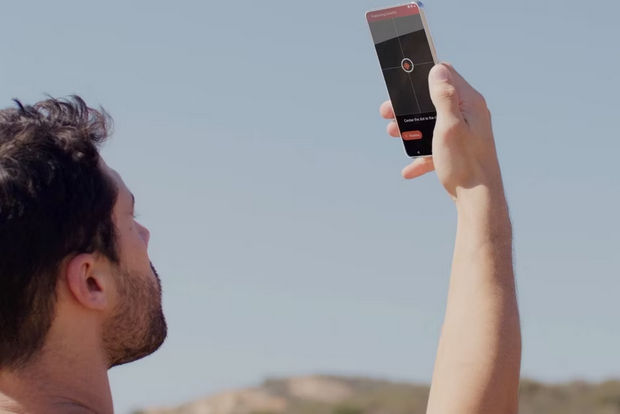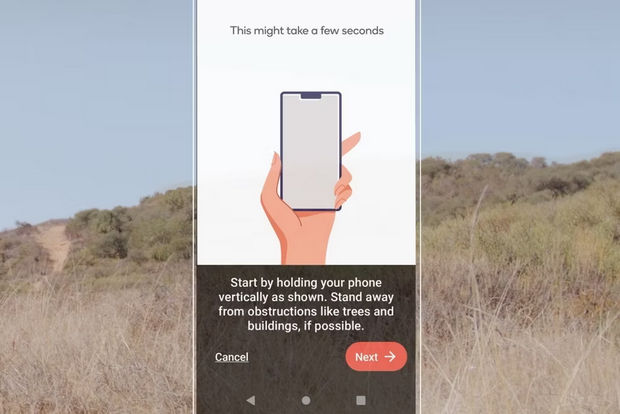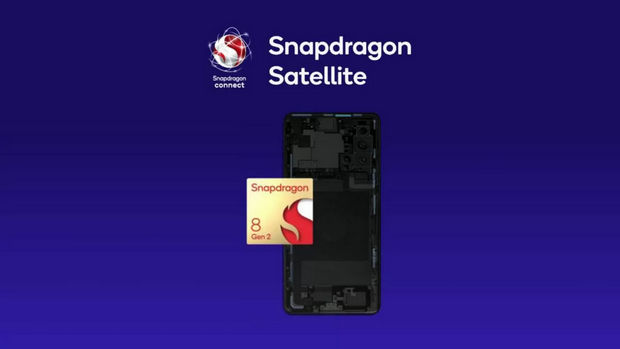What Is Snapdragon Satellite Calling And How Will It Revolutionize Phones?
At The MWC 2023 Conference, Qualcomm Unveiled The Snapdragon Satellite Calling Feature. But What Is This Technology And How Does It Work?
Satellite phones are nothing new, but the fact that satellite connectivity is being added to regular smartphones is breaking new ground in the industry. At the beginning of 2023, Qualcomm unveiled Snapdragon Satellite. Snapdragon Satellite is an application designed to raise mobile connections by providing satellite communications to ordinary smartphone users.
The initiator of this path was Apple, with the satellite emergency call feature in the iPhone 14. But other solutions are being developed. One is the Snapdragon Satellite Call, which can be added to Android phones and provide this vital communication feature to many users worldwide.
What are the benefits of Snapdragon satellite calling?

Satellite communication is designed for when the user cannot use the antenna of the telecommunication towers on his phone. While most cities and regions have telecommunication antennas, when you are in the heart of the mountains or the forest, you practically cannot make a call with your regular phone; Because there will be no telecommunication antenna in these areas.
People who have jobs in environments without antennas use satellite communication solutions. But regular users do not have that equipment; Therefore, it seems very useful for these people to make emergency calls through their regular phones or send their messages via satellite.
At first, the Snapdragon satellite call is only supposed to notify you of your location and the need for your help in emergency services. But with the passage of time and the advancement of technology, we will also see the addition of satellite-based messaging systems that allow you to send your messages to your friends without needing a phone antenna using space satellites or staying in touch with your workplace.
How does Snapdragon Satellite work?
Snapdragon Satellite technology works exactly like Apple’s Emergency SOS. So you will need a clear sky to use it. An app on your phone shows you exactly what direction to point your phone in to connect to the satellites. Once connected, you can use this service to make emergency calls or send and receive text messages.

Unlike satellite phones that use giant antennas, Snapdragon’s satellite calling technology uses the phones’ internal antennas. For this reason, the phone must be pointed directly toward the satellites to establish a connection with their satellites.
How to send and receive messages in this system?
By using this technology, in addition to emergency calls, users can also use it to send and receive messages. Of course, this technology is still developing, and maybe mobile manufacturers will provide a service where you can send messages to your friends through a subscription service.

It is possible that you have to install a particular application to send and receive messages via satellite. You have to activate the satellite connection on your phone, point your phone to the sky, and enter the particular messenger application. Then send your message and wait for the receipt. Whenever your contact sends a reply, you will be informed about this through a notification.
Sending messages can be done in seconds. Of course, the satellite call does not stay active all the time. Therefore, if you leave the chat screen, you must return to it again so that the notification of received messages will be displayed on your phone screen.
What satellite network does Qualcomm technology use?
Snapdragon satellite calling technology uses the Iridium network. It is a network of satellites placed in low earth orbits, which includes 66 satellites moving in the sky at a speed of 27 thousand kilometers per hour. The Iridium network currently has 2 million users, but Snapdragon Satellite could increase that to more than 40 million.

Will Snapdragon Satellite be available in Iran?
The Iridium network covers the entire world, but some countries cannot access it due to international sanctions. Qualcomm says the technology will not be available in Afghanistan, China, Cuba, India, Iran, North Korea, Syria, and Sudan.
Additionally, the technology will initially only be added to phones powered by Qualcomm’s flagship processors, but the company plans to add its satellite technology to mid-range processors.

